Time:2024-07-03 22:39:26 Views:
In recent years, air circulation fans have gradually entered the public eye. As an emerging category in the fan industry, it is highly controversial, with some praising it as a "artifact" while others hold a skeptical attitude towards it, believing it to be an "intelligence tax". So, is the air circulation fan an intelligence tax or not? Next, I will share my usage experience over the past six months from the perspective of an ordinary user.
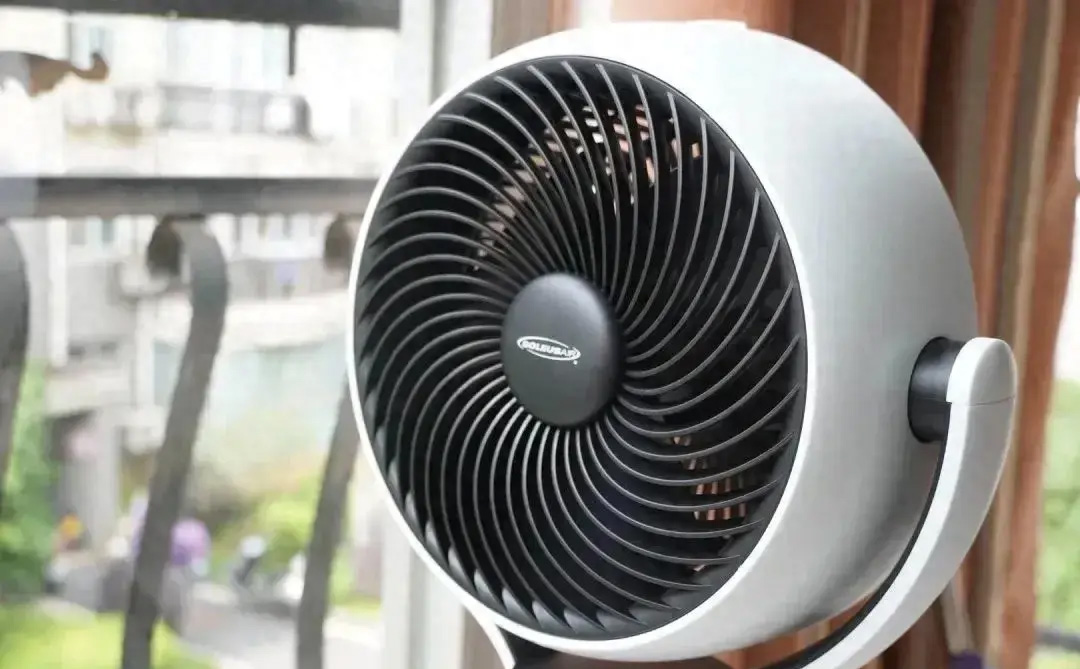
The appearance of the air circulation fan is similar to that of a regular fan, but there are differences in the detailed design. The head of the air circulation fan is relatively small, the number of fan blades is small, and the inclination angle is large, which allows it to transport farther wind. In addition, it can also shake its head up, down, left and right, with a wider blowing area, which can deliver air to various corners, allowing indoor air circulation without leaving blind spots.
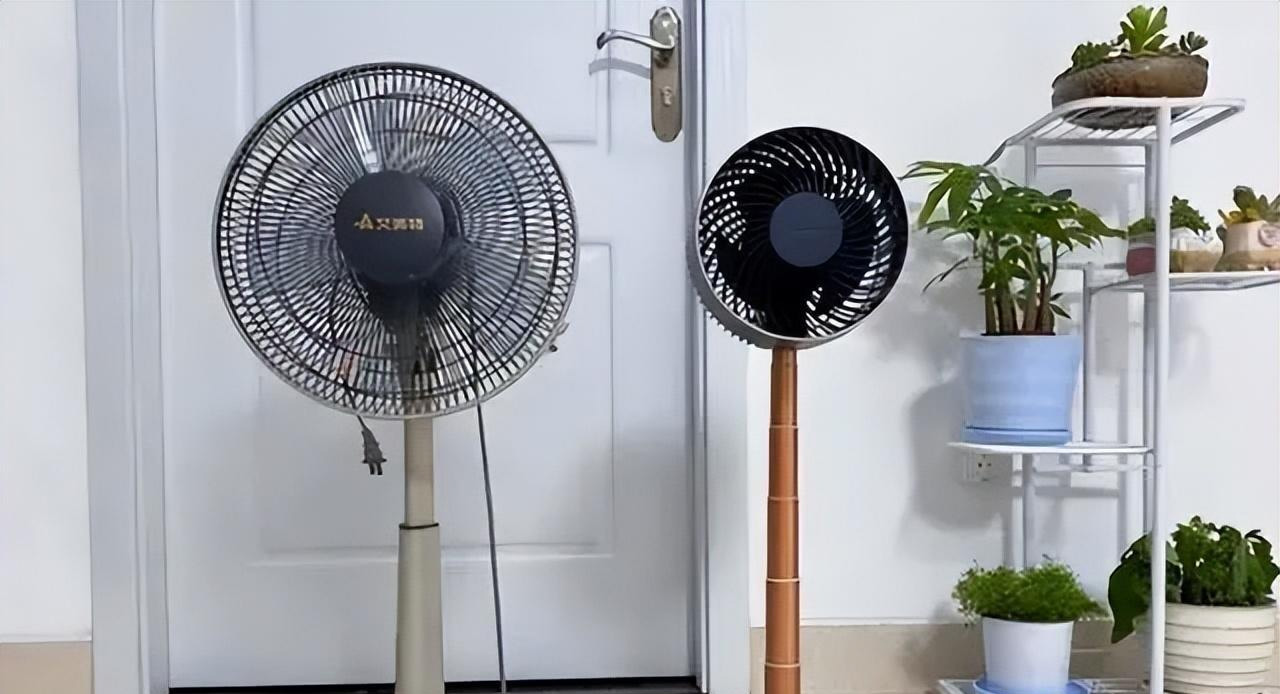
The main differences between air circulation fans and regular fans are as follows:
1. Operating principle
The operating principle of a regular fan is relatively simple, mainly through electromagnetic induction to quickly rotate the blades, thereby making the air in front of the fan flow quickly. When this flowing air passes through the human body, it can accelerate the evaporation of surface moisture, absorb heat, and make people feel cool. However, the wind force of a regular fan is usually more divergent, with a wind distance of about 3-4 meters.
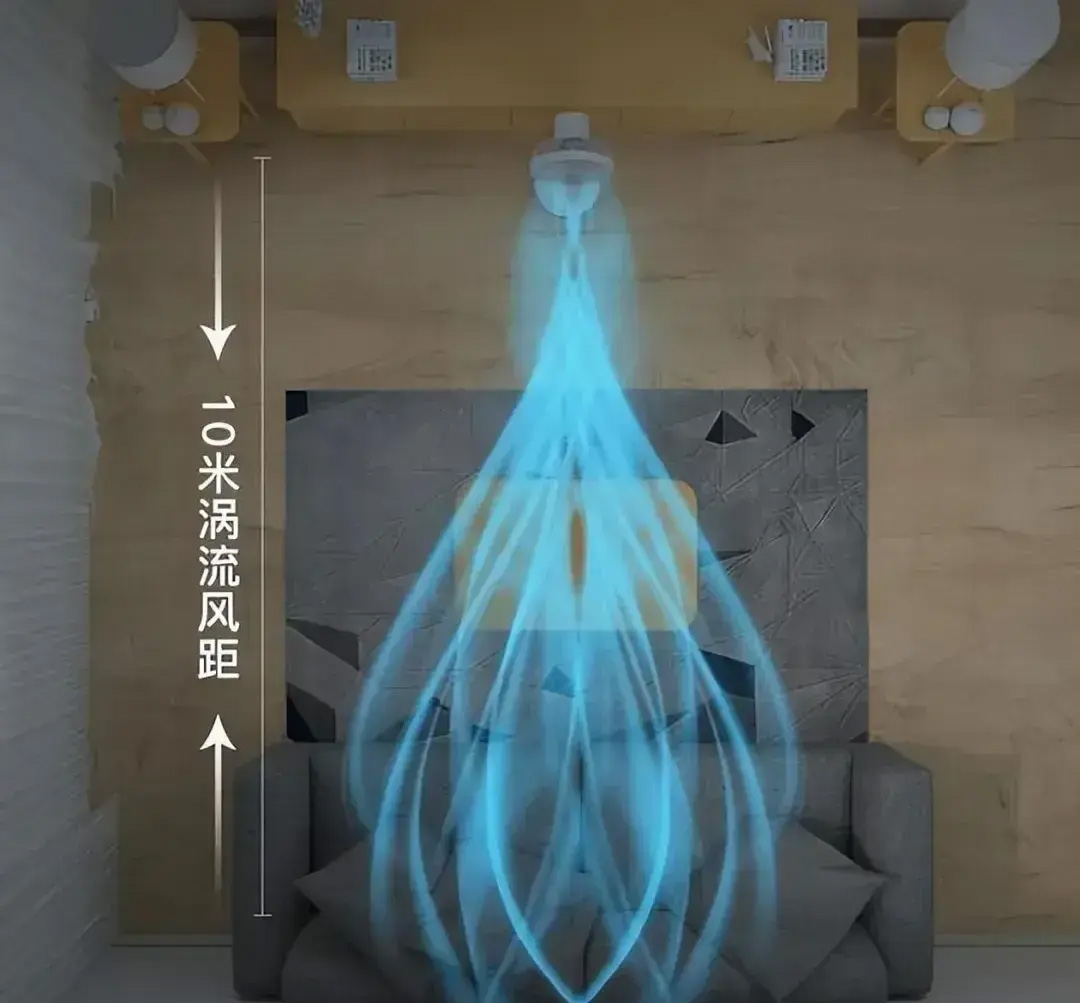
The air circulation fan adopts more complex aerodynamic principles. Its built-in turbo device can stir indoor air and create strong airflow. This type of airflow blows out in a spiral shape, with more concentrated wind force and longer supply distance. Therefore, air circulation fans can not only effectively reduce indoor temperature, but also promote indoor air flow, achieving the effect of balancing room temperature.
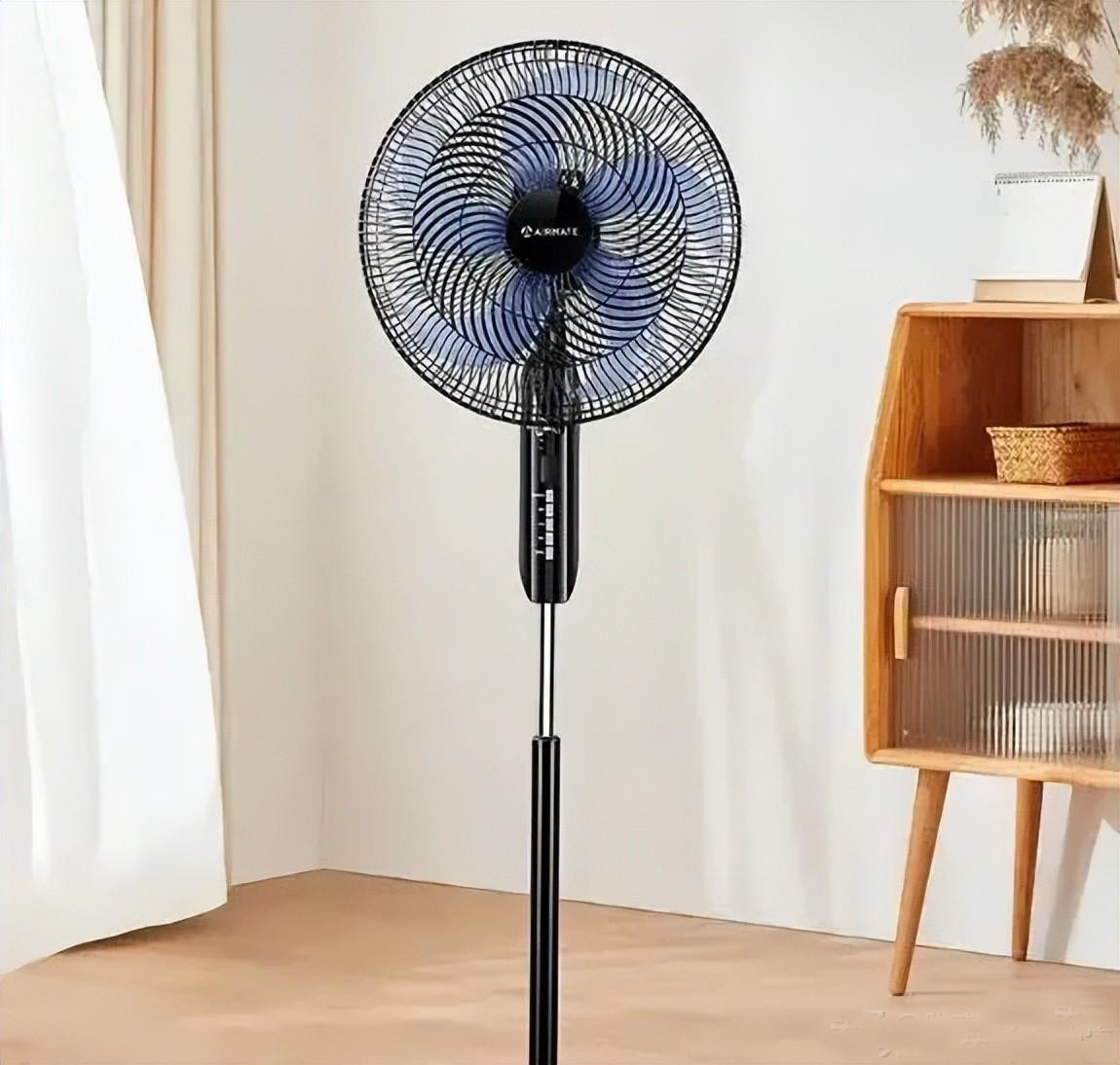
2. Function and usage effect
The main function of a regular fan is to cool down. It accelerates the flow of air to remove heat from the surface of the human body, thereby achieving a cooling effect. However, the cooling effect of ordinary fans is often limited to the area near the fan, and their ability to regulate the temperature of the entire indoor environment is limited. In addition, prolonged direct blowing of a fan may also cause discomfort in the human body, such as headaches, joint pain, etc.

In addition to cooling function, the air circulation fan also has the effects of dehumidification, ventilation, and air exchange. It can promote indoor air flow, help reduce indoor humidity, and improve air quality. Especially in humid seasons or enclosed spaces, using air circulation fans can effectively alleviate stuffiness and improve living comfort. In addition, air circulation fans usually have the function of swinging left and right up and down, which can avoid prolonged direct blowing to the human body and be healthier.
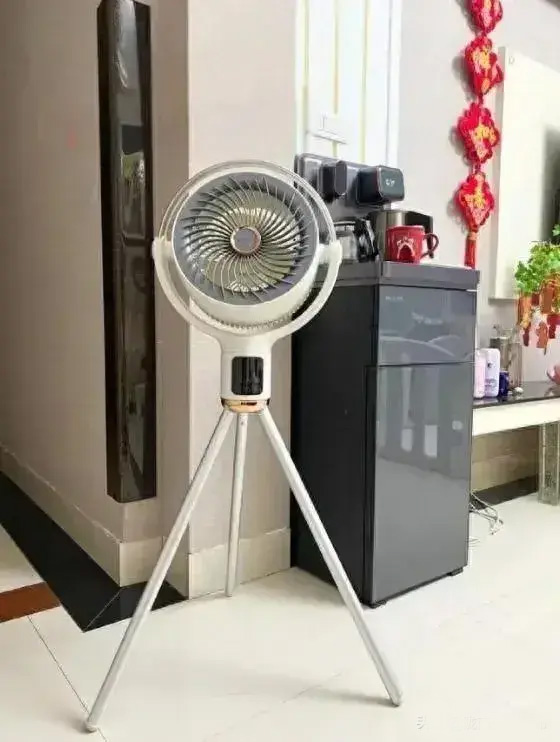
3. Appearance and structural design
The appearance design of ordinary fans is diverse, but they are usually bulky, with many blades and a small inclination angle. This design causes the wind force of a regular fan to diverge and the wind distance to be shorter.
The air circulation fan, on the other hand, is more compact with fewer blades and a larger tilt angle. This design helps to form a more concentrated airflow, thereby achieving longer air supply distances. In addition, some high-end air circulation fans also adopt a bladeless design, which has a more fashionable appearance and is easy to clean.
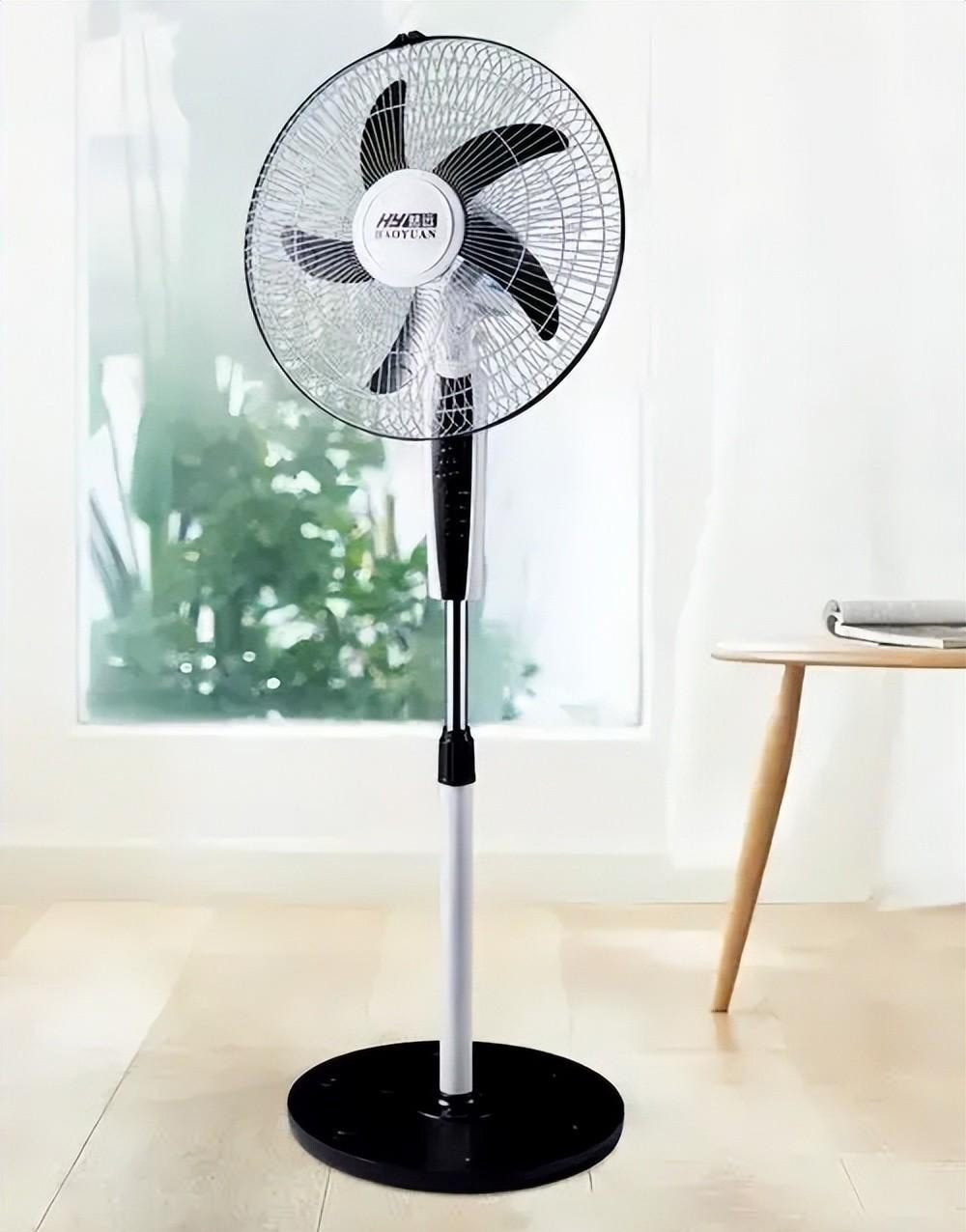
4. Usage scenarios and combinations
Ordinary fans are mainly suitable for cooling in summer, especially in hot weather to provide a brief coolness. However, due to its single function and limited cooling effect, the usage rate of ordinary fans is relatively low in other seasons.
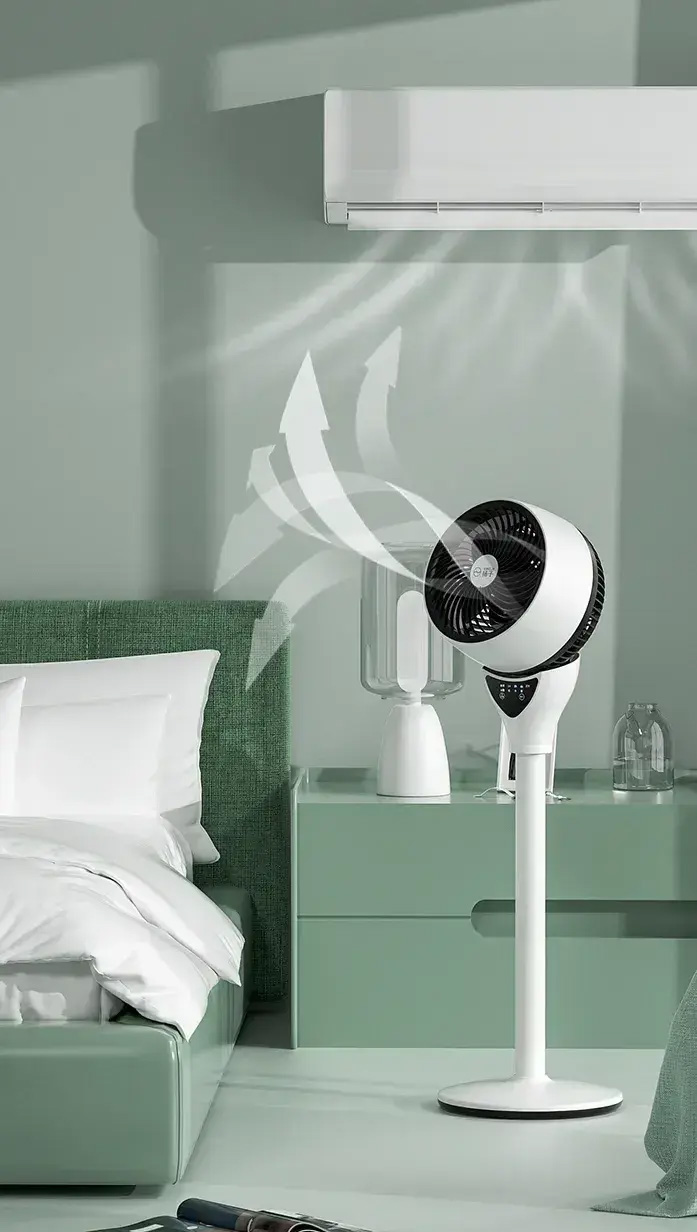
Air circulation fans have a wider range of usage scenarios. In summer, it can be used in conjunction with air conditioning to quickly reduce indoor temperature and balance room temperature; In the spring and autumn seasons, it can be used for ventilation and improving indoor air quality; In winter, it can also assist in the use of heating equipment, promoting the uniform distribution of indoor heating. In addition, for some people who are sensitive to air conditioning or suffer from respiratory diseases such as rhinitis, air circulation fans are a healthier choice.
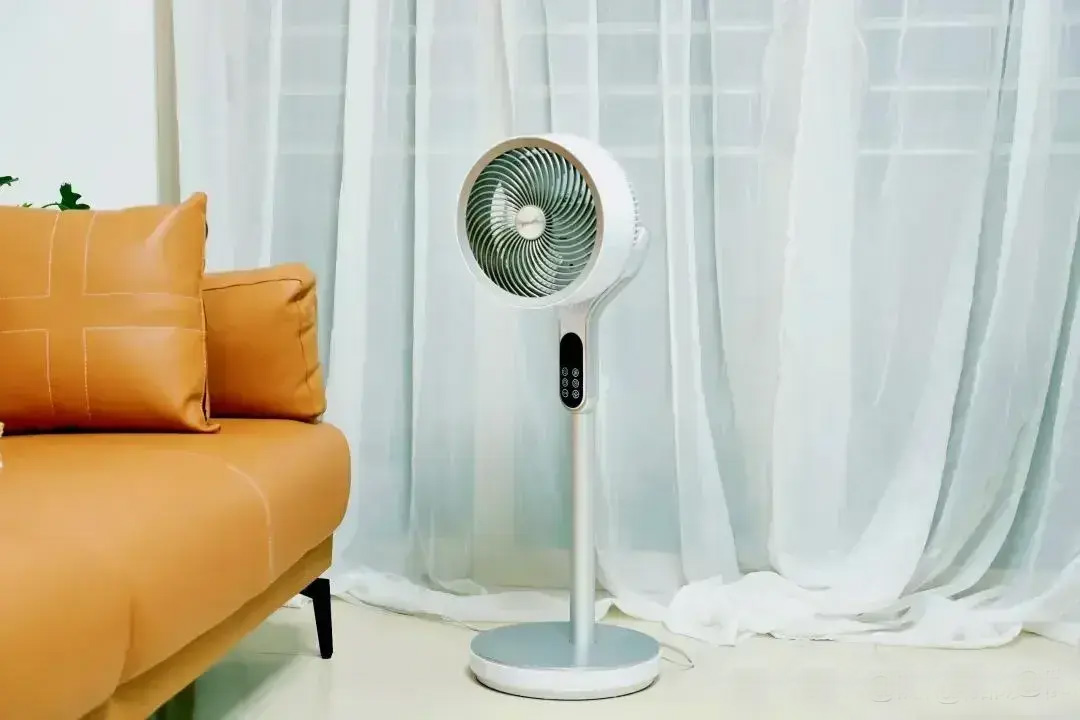
In summary, there are significant differences between air circulation fans and ordinary fans in terms of operating principles, functions, appearance design, and usage scenarios. Air circulation fans, with their unique operating principles and multifunctional characteristics, are playing an increasingly important role in modern homes. With the continuous progress of technology and the increasing pursuit of quality of life by consumers, the future air circulation fan is expected to further improve its performance and intelligence level, bringing more comfortable and convenient experiences to people's lives.
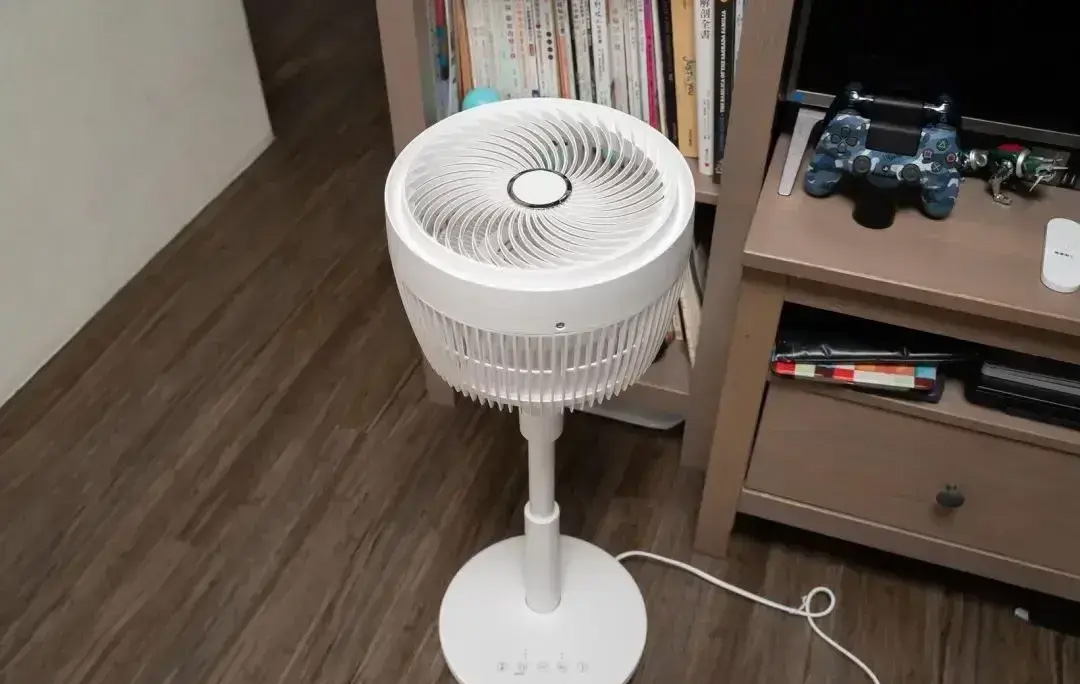
So, is it worth buying an air circulation fan? This mainly depends on individual needs and usage scenarios. For those who hope to improve indoor air quality and achieve thermal balance, air circulation fans can indeed come in handy. In practical use, I have found that using air circulation fans in conjunction with air conditioning can effectively improve problems such as slow cooling and uneven room temperature in large spaces, making the temperature of the entire room more comfortable.